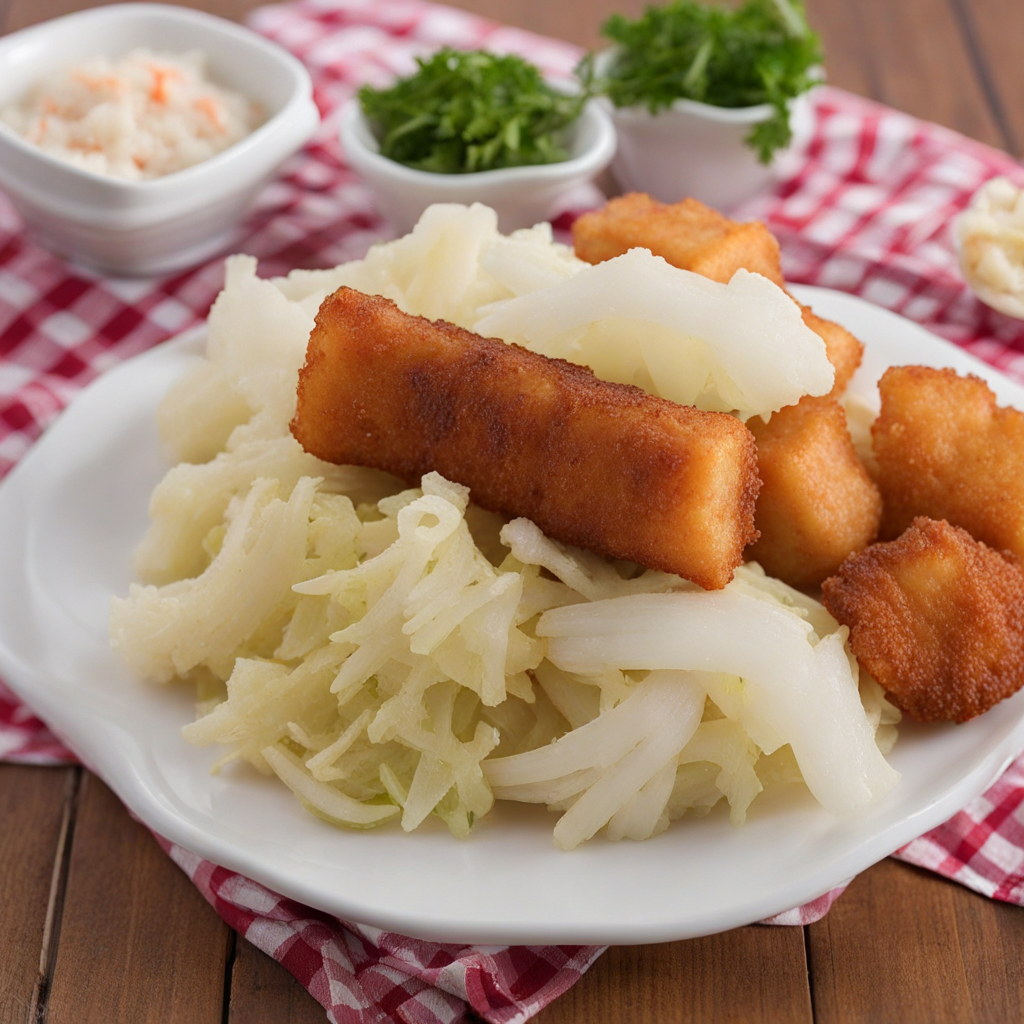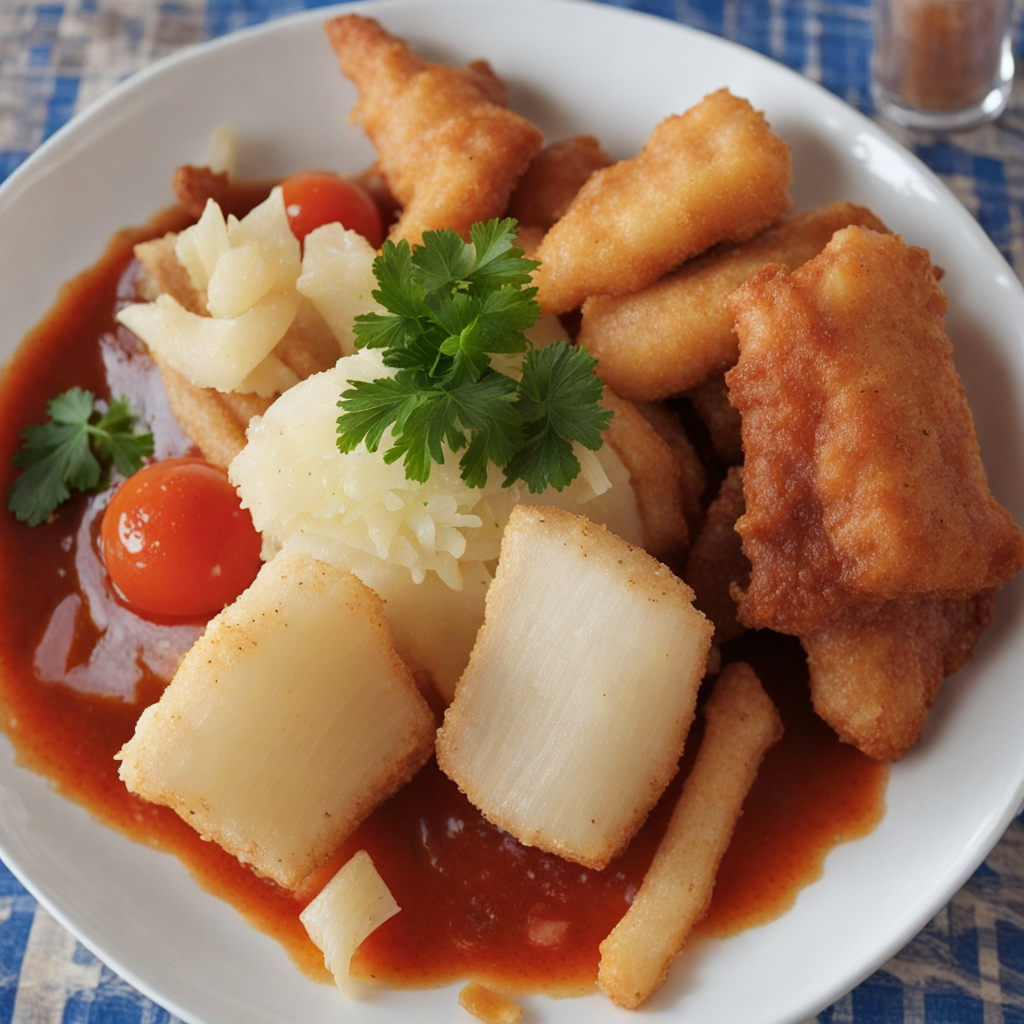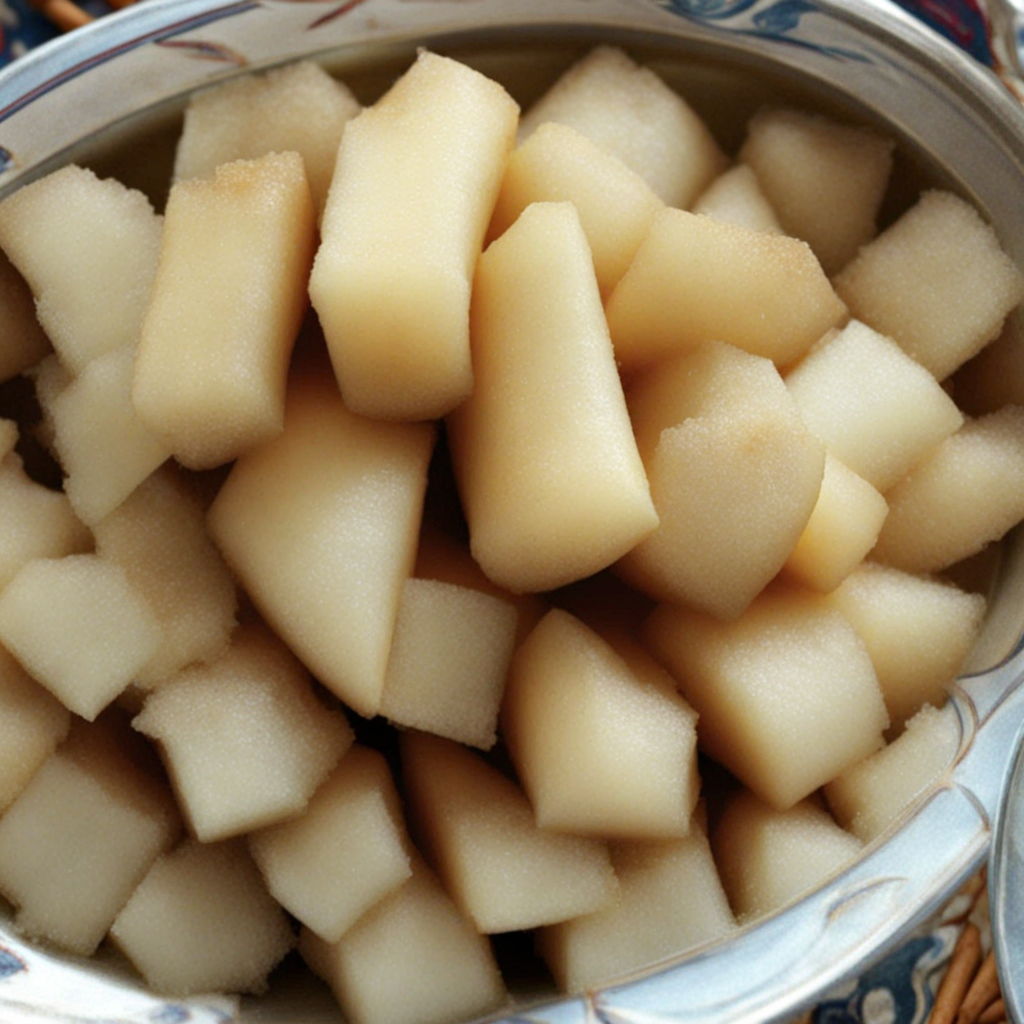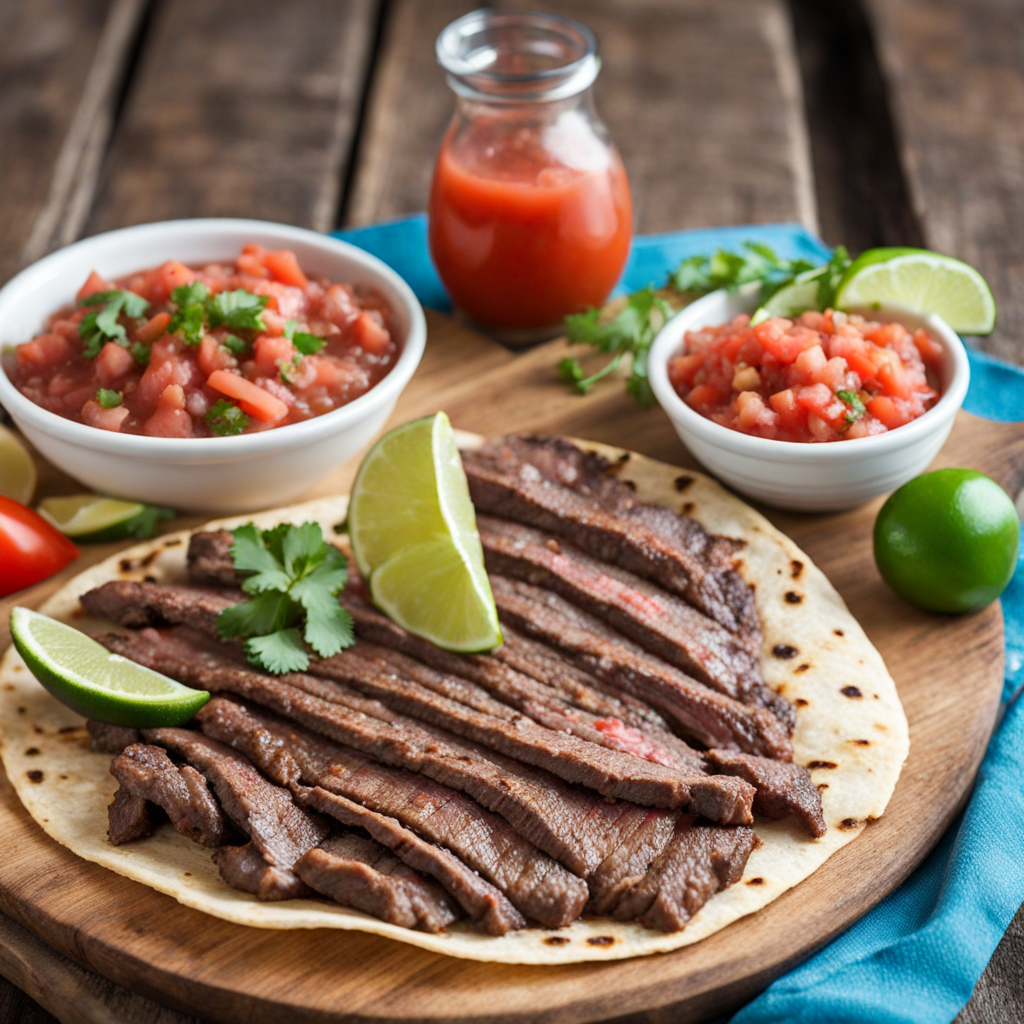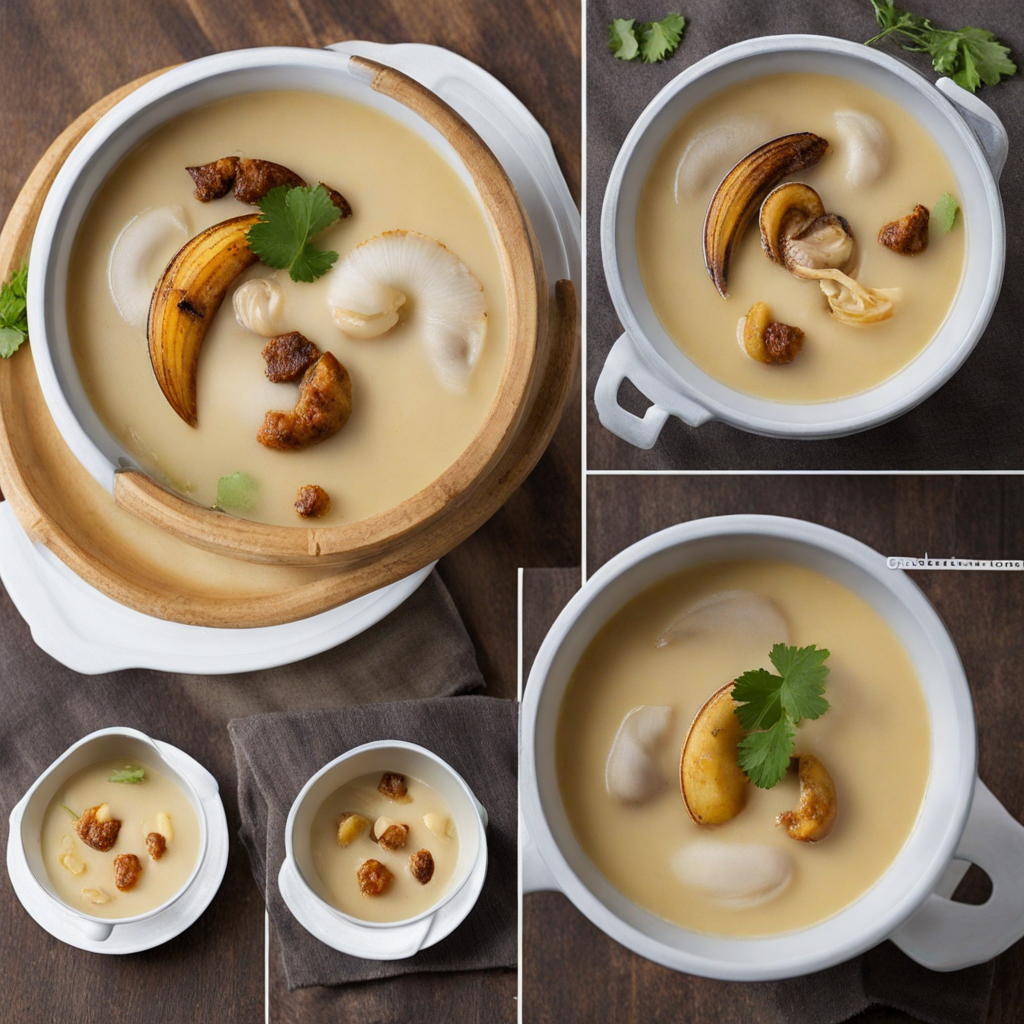Yuca con Chicharrón
Yuca con Chicharrón is a traditional Honduran dish that perfectly encapsulates the vibrant flavors and culinary heritage of the region. At the heart of the dish is yuca, also known as cassava, a starchy root vegetable that is both hearty and versatile. When cooked, yuca takes on a creamy texture with a subtly nutty flavor, which pairs beautifully with the crispy chicharrón, or fried pork belly. The contrast between the soft yuca and the crunchy, savory chicharrón creates a delightful harmony of textures that makes each bite a satisfying experience. This dish is often accompanied by a side of tangy cabbage slaw, which adds a refreshing crunch and bright acidity. The slaw typically features shredded cabbage, carrots, and a zesty dressing that balances the richness of the chicharrón. Additionally, a drizzle of salsa or hot sauce can elevate the flavor profile, introducing a spicy kick that complements the mildness of the yuca. The combination of ingredients not only offers a feast for the palate but also reflects the vibrant culinary landscape of Honduras. Yuca con Chicharrón is more than just a meal; it’s a celebration of Honduran culture and tradition. Often enjoyed at family gatherings or festivals, this dish brings people together, evoking a sense of community and shared enjoyment. Whether you’re savoring it at a local eatery or preparing it at home, each serving is a delicious gateway to the rich flavors and warm hospitality of Honduran cuisine.
How It Became This Dish
Yuca con Chicharrón: A Culinary Journey Through Honduras Introduction Yuca con Chicharrón is a beloved dish in Honduras, emblematic of the country's rich culinary heritage. This hearty dish features yuca (cassava), a starchy root vegetable, boiled and served alongside chicharrón, which consists of crispy, fried pork belly or fried pork rinds. The combination of these two ingredients creates a satisfying meal that not only tantalizes the taste buds but also narrates a story of cultural resilience and culinary evolution in Honduras. The Origins of Yuca and Chicharrón To understand Yuca con Chicharrón, we must first delve into the origins of its primary ingredients. Yuca, or cassava, is native to South America and has been cultivated for thousands of years. It is a staple food in many tropical regions, including Africa, Asia, and the Caribbean. The indigenous peoples of Honduras were among the first to cultivate this versatile root, recognizing its nutritional value and ability to thrive in diverse climates. Chicharrón, on the other hand, has a more complex history. While the practice of frying pork has roots in various cultures around the world, the specific preparation of chicharrón can be traced back to Spanish culinary traditions. When the Spanish colonizers arrived in Central America, they brought with them their culinary practices, which blended with indigenous cooking techniques and flavors. The result was a unique fusion that would lay the foundation for many traditional dishes, including Yuca con Chicharrón. Cultural Significance Yuca con Chicharrón is more than just a meal; it is a symbol of Honduran identity and culture. The dish reflects the agricultural bounty of the region, showcasing local ingredients that have sustained communities for generations. Yuca is rich in carbohydrates, making it an essential energy source, while chicharrón provides protein and flavor. In Honduras, Yuca con Chicharrón is often enjoyed during festive occasions, family gatherings, and holidays. It is a dish that brings people together, evoking a sense of nostalgia and belonging. The act of sharing a meal, especially one as hearty as this, fosters community bonds and celebrates cultural heritage. Furthermore, it represents the resilience of the Honduran people, who have adapted their culinary practices through centuries of change, including colonization, migration, and globalization. Development Over Time As Honduras has evolved, so too has the preparation and presentation of Yuca con Chicharrón. Traditionally, the dish was made with simple ingredients and modest cooking methods. Yuca would be peeled, boiled, and served with crispy chicharrón, often accompanied by a side of salsa or pickled onions. However, as culinary influences from around the world have seeped into Honduran cuisine, variations of the dish have emerged. In urban centers, chefs have begun to experiment with Yuca con Chicharrón, incorporating modern techniques and flavors. For instance, instead of traditional frying methods, some chefs opt for sous-vide cooking for the pork, resulting in a tender texture that contrasts beautifully with the crispy exterior. Moreover, contemporary presentations have introduced garnishes such as avocado, cilantro, or even gourmet sauces, elevating the dish while honoring its roots. Despite these innovations, the essence of Yuca con Chicharrón remains intact. The dish continues to be a staple in Honduran households, where families might gather around the table to enjoy a meal that has been passed down through generations. Street vendors and local markets also play a significant role in keeping the dish accessible to all, serving it to both locals and tourists alike. Global Recognition In recent years, there has been a growing interest in Central American cuisine, and Yuca con Chicharrón has garnered international attention. Food enthusiasts and chefs from various backgrounds have begun to explore and celebrate this dish, often incorporating it into their menus to introduce diners to the flavors of Honduras. This global recognition has sparked curiosity about other traditional Honduran dishes, leading to a broader appreciation of the country’s culinary landscape. Social media has also played a pivotal role in popularizing Yuca con Chicharrón outside of Honduras. Food bloggers, vloggers, and influencers have showcased the dish, often sharing not only recipes but also personal stories and cultural insights. This digital exposure has allowed people from different parts of the world to connect with Honduran culture through its food. The Future of Yuca con Chicharrón As we look to the future, the trajectory of Yuca con Chicharrón remains bright. As more people become aware of Honduran cuisine, there is potential for this dish to occupy a more prominent place on the global culinary stage. However, with this newfound recognition comes the responsibility to honor its origins and traditional methods of preparation. Efforts are underway to preserve traditional recipes and cooking techniques, ensuring that future generations can experience the authentic flavors of Yuca con Chicharrón. Culinary schools in Honduras are beginning to incorporate traditional dishes into their curricula, empowering young chefs to maintain the legacy of their culinary heritage while encouraging innovation. Additionally, the rise of sustainable food practices has prompted many chefs to source ingredients locally, supporting farmers and communities that have cultivated yuca and raised pigs for generations. This not only enhances flavor and freshness but also reinforces the connection between food, culture, and community. Conclusion Yuca con Chicharrón is a dish that encapsulates the heart and soul of Honduran cuisine. Its origins, rooted in both indigenous practices and Spanish influence, tell a story of resilience and adaptation. As this dish continues to evolve and gain recognition, it serves as a reminder of the importance of cultural heritage in the culinary world. Through Yuca con Chicharrón, we not only savor a delicious meal but also celebrate the rich tapestry of history, culture, and community that defines Honduras. Whether enjoyed at a family gathering, a street vendor, or a fine dining establishment, Yuca con Chicharrón remains a testament to the enduring power of food to unite, nourish, and inspire.
You may like
Discover local flavors from Honduras


